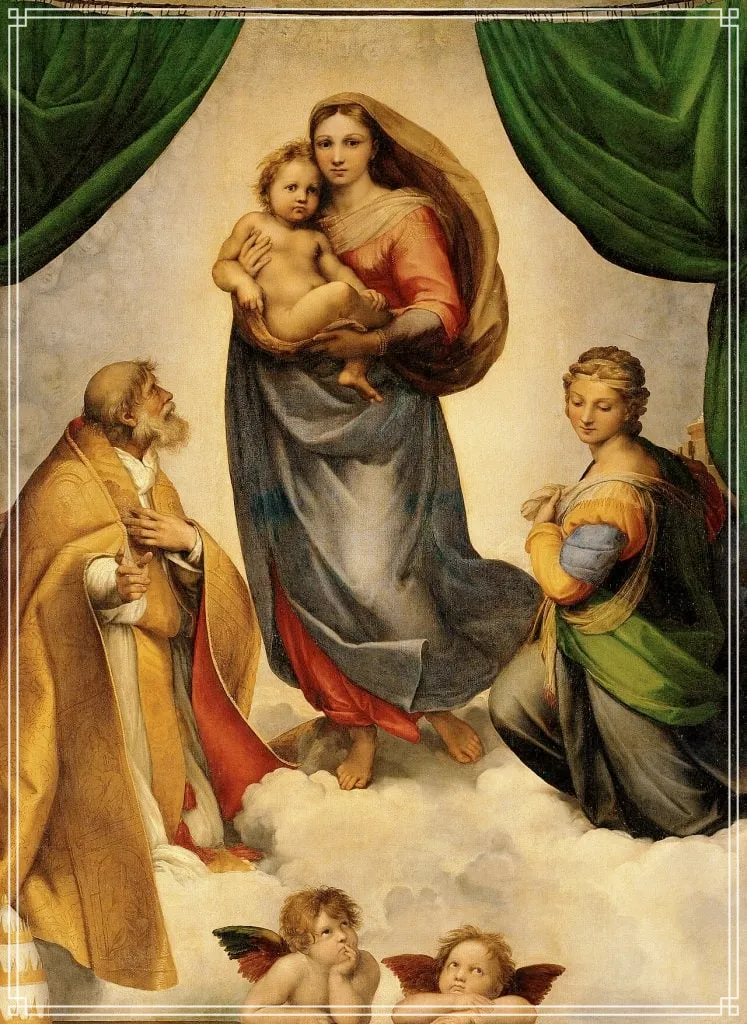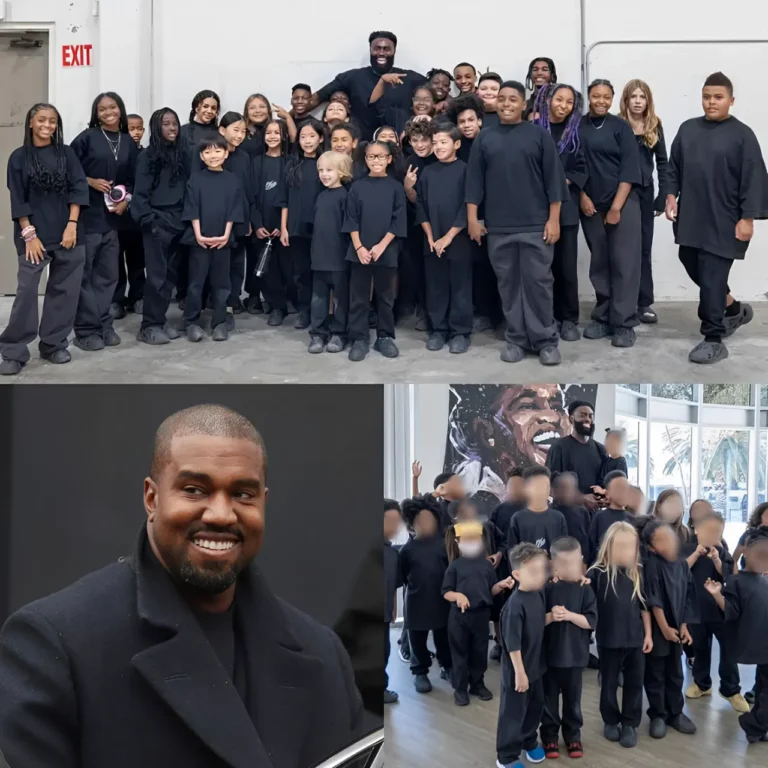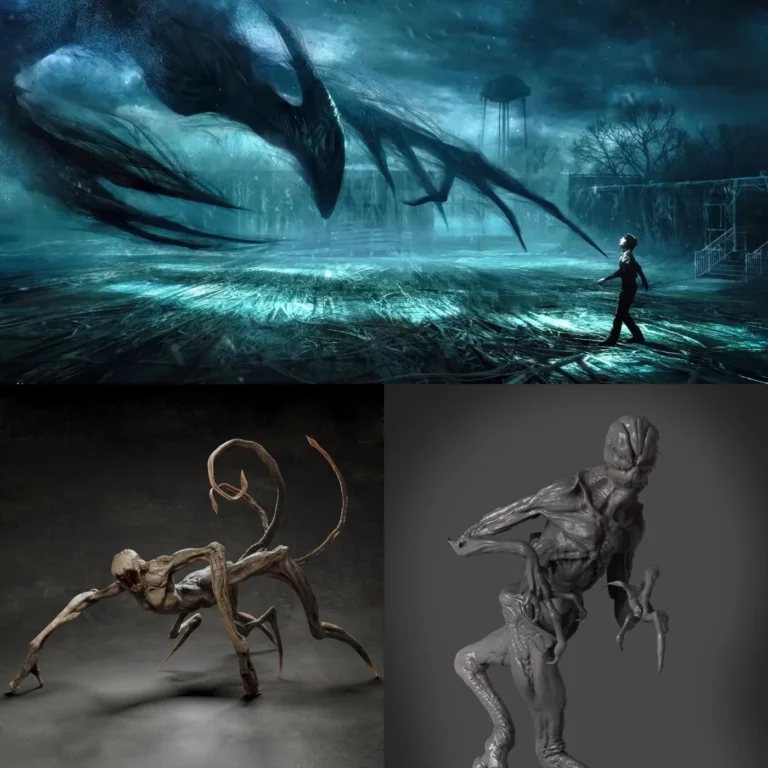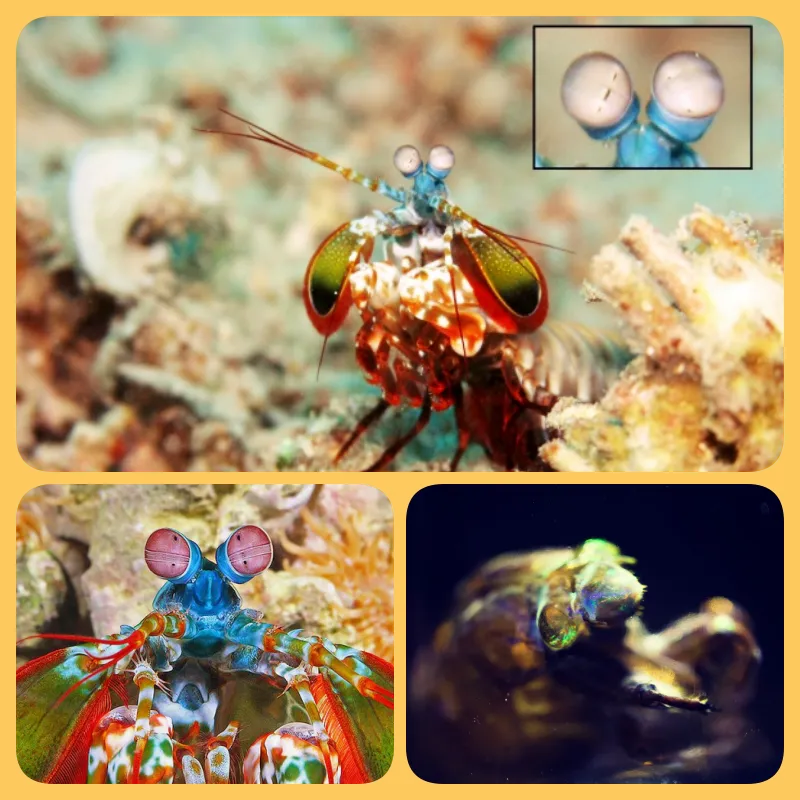
“Dive into a vibrant exploration of the unseen hues that shape our world, brought to life by an artist and a scientist in a groundbreaking book”
Imagine the world of art transformed by an expanded palette of colors—shades so rare and wondrous that they’ve largely remained hidden from everyday life. This intriguing possibility is at the heart of the upcoming book The Universe in 100 Colors: Weird and Wondrous Colors from Science and Nature. A collaboration between science educator Terry Mudge and artist Tyler Thrasher, this book promises to unlock a spectrum of colors that could revolutionize artistic expression.
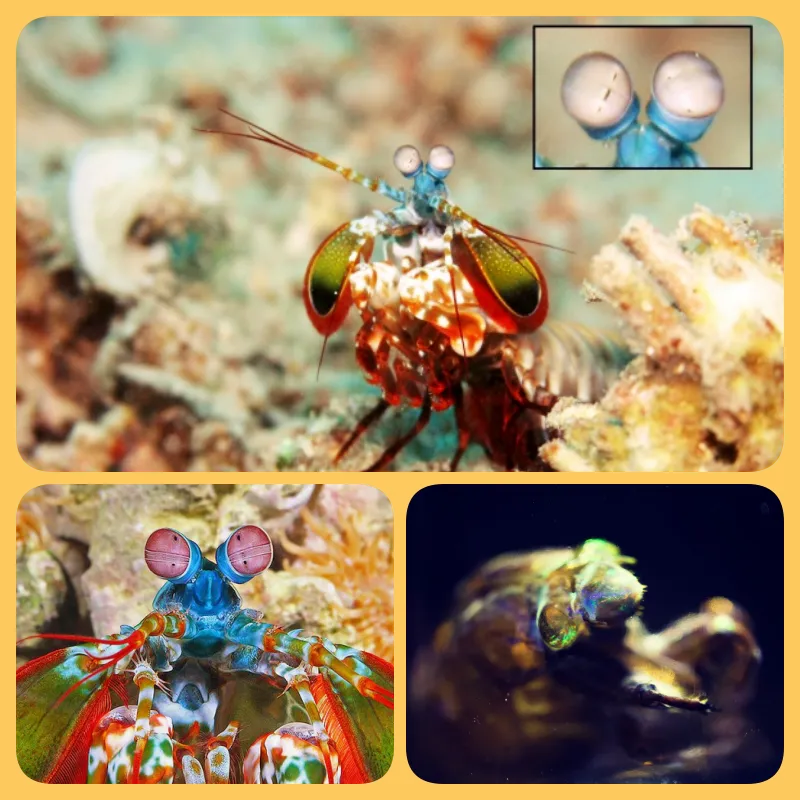
For Tyler Thrasher, based in Tulsa, Oklahoma, this project began with his fascination with a unique type of sculpture-making. After studying computer animation, Thrasher pursued an art career by developing a method to “grow” opals, the mesmerizing stones known for their iridescent hues, onto everyday objects. His opal-encrusted insects, first shared online in 2015, quickly became a signature of his artistic work.
Thrasher’s deep dive into opals ignited a broader passion for understanding color itself. “Opals are like the magic of color encapsulated,” he shared during a Zoom interview. “They present a photonic display that feels otherworldly, like gazing into another universe—it’s impossible not to fall in love with color when you’ve grown an opal.”
The book features “Opal” among its 100 entries, alongside colors that span from the mundane to the cosmic. For example, “Landlord White” is the most-produced paint globally, chosen for its grime-concealing off-white shade. Meanwhile, “Cosmic Latte” is the term astronomers use to describe the average color of our observable universe, resembling a creamy eggnog.
Some colors in the book are relics of the past, either lost to time or deemed too dangerous to use. Ancient Chlorophyll, a “soft, blushy pink” synthesized in 2015 from billion-year-old microorganisms, holds the title of the oldest documented pigment. On the other hand, Orpiment, a vibrant orange favored by artists like Raphael and Bellini, has been abandoned due to its toxic arsenic content.
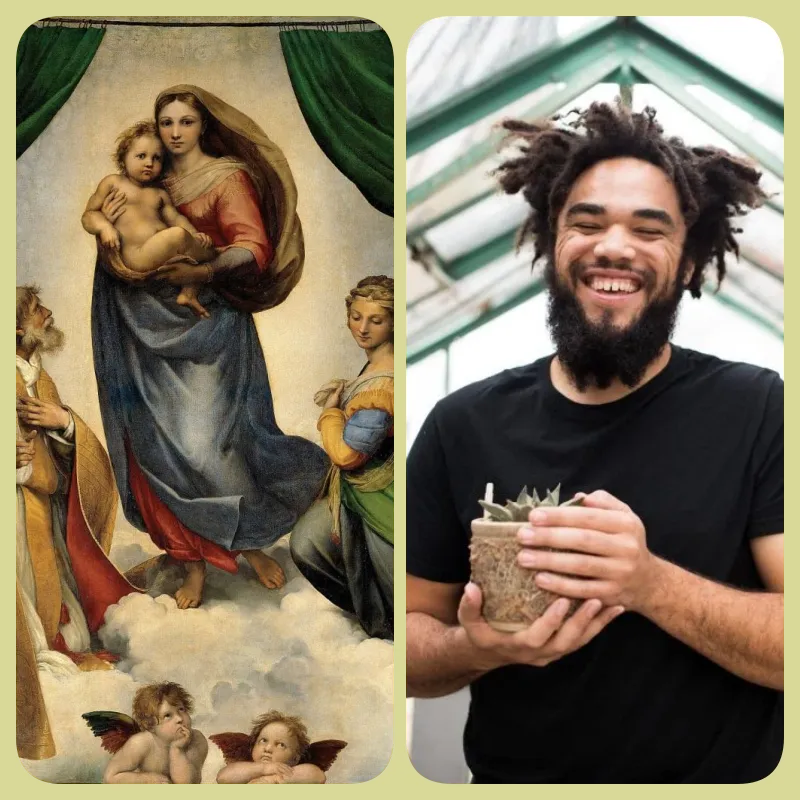
The book also delves into colors born from scientific innovation. “Yinmn Blue,” a recently discovered ultra-blue, and “Sonoluminescence,” a mystical blue-purple produced by collapsing bubbles under extreme conditions, are just a few examples. These shades are not only visually stunning but also tell stories of the complex interplay between light, pigment, and perception.
Thrasher’s partner in this endeavor, Terry Mudge, operates Matter, a subscription service delivering scientific curiosities for educational purposes. Their shared interest in the strange and beautiful led to the creation of The Universe in 100 Colors, a book that demystifies the science behind color while celebrating its wonder. Thrasher, who describes himself as “Your Personal Mad Scientist,” combines his artistic and scientific passions in this compelling project.
The Universe in 100 Colors is more than just a collection of hues—it’s an invitation to see the world through new eyes. As Thrasher reflected, “Working on this book has deepened my appreciation for the magical things around us that we often overlook: the brilliance of a butterfly’s chrysalis, the glow of gold. I hope this book encourages others to find excitement in the seemingly ordinary, which is, in fact, extraordinarily beautiful.”
